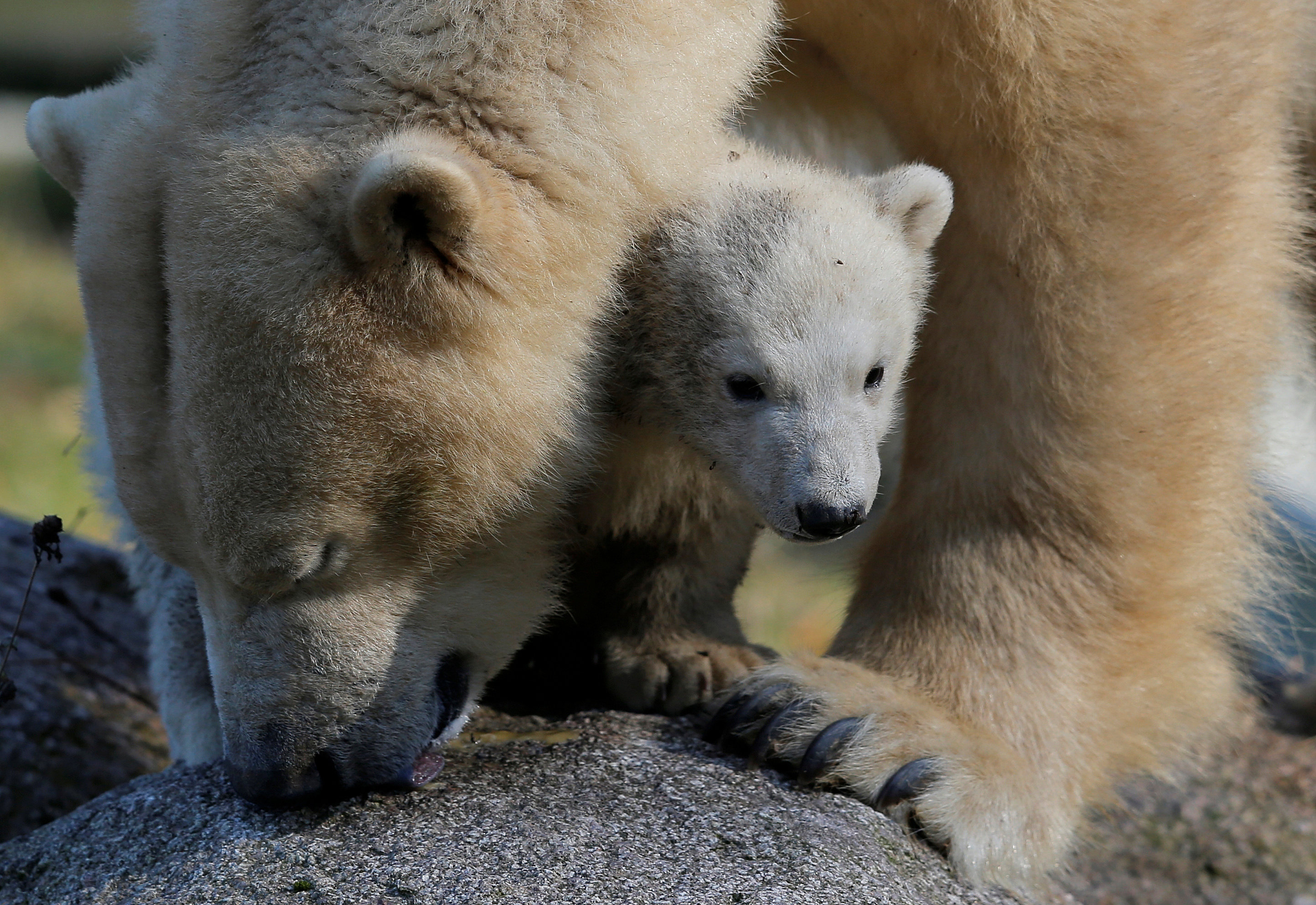How DNA from polar bear cubs in an Ohio zoo helps fight crime in the Arctic

The Columbus Zoo and Aquarium polar bear cubs aren’t just cute and cuddly.
They’re also helping the federal government fight crimes against their wild relatives in the Arctic, thanks to advancements in forensic science and DNA testing.
The U.S. Fish and Wildlife Service’s Forensic Laboratory in Oregon often relies on zoos to maintain its database of DNA samples from protected animal species. But when the Columbus Zoo sent DNA from its six polar bears to the lab in March, it came with payoffs for both parties — including a confirmation of whether the zoo’s three newest cubs are male or female.
The lab’s scientists analyze evidence during investigations of violations of federal wildlife protection laws, including poaching, illegal trading of animals, theft of rare plants and creating products from endangered species.
For example, the lab could use DNA to identify a decaying carcass as a protected animal or confirm that a business is selling items made with bald eagle feathers or elephant ivory.
Scientists are trying to perfect a new, more accurate DNA test for bears and benefited from the Columbus Zoo’s controlled samples from a known family of animals. The reference data illustrate how genetic patterns change in a population over time. It could someday pin down criminals who harm polar bears, which are protected by the Marine Mammal Protection Act and the Endangered Species Act, on which the bears are listed as threatened.
Only an estimated 20,000 to 25,000 polar bears are living in the wild, and there are just 40 or so bears in 27 U.S. zoos that are members of the Association of Zoos and Aquariums.
“Our polar bear database is fairly small, so the more samples we can get, the better,” senior forensic scientist Mary Burnham Curtis said.
The zoo, meanwhile, was seeking a non-invasive way to determine the sexes of its baby bears. Because the 6-month-old animals are being raised by their mothers and not hand-reared by zookeepers, staffers would have had to put them under anesthesia to examine their genitals and make an official determination.
“That seemed like an unnecessary risk for something that was just curiosity, not critical,” said Randy Junge, the zoo’s vice president of animal health.
“Luckily, we were able to help each other out.”
Junge sent emails to diagnostic labs across the country seeking options, including the Fish and Wildlife forensic lab. Zoos work with the lab frequently to provide DNA samples to use as reference data — the Columbus Zoo has provided samples of rhinoceros horn in the past, for example — and some zoos serve as holding facilities for living animals that are considered evidence in ongoing criminal investigations.
Although the lab doesn’t perform sex determination tests as a service to the public, its scientists are usually willing to work with zoos that provide DNA samples, Curtis said.
Columbus Zoo staff provided hair clippings and saliva swabs from all six of its bears.
Ultimately, test results confirmed what keepers suspected based on their observations: mother bear Anana’s cub is female and mother bear Aurora’s twin cubs are male and female.
Anana’s cub was recently named Amelia Gray in an online naming contest. The twins were named Nuniq and Neva by zoo staff. Nuniq is a derivative of Nanuq, the name of all three cubs’ father, who died in late April from liver cancer at age 29.